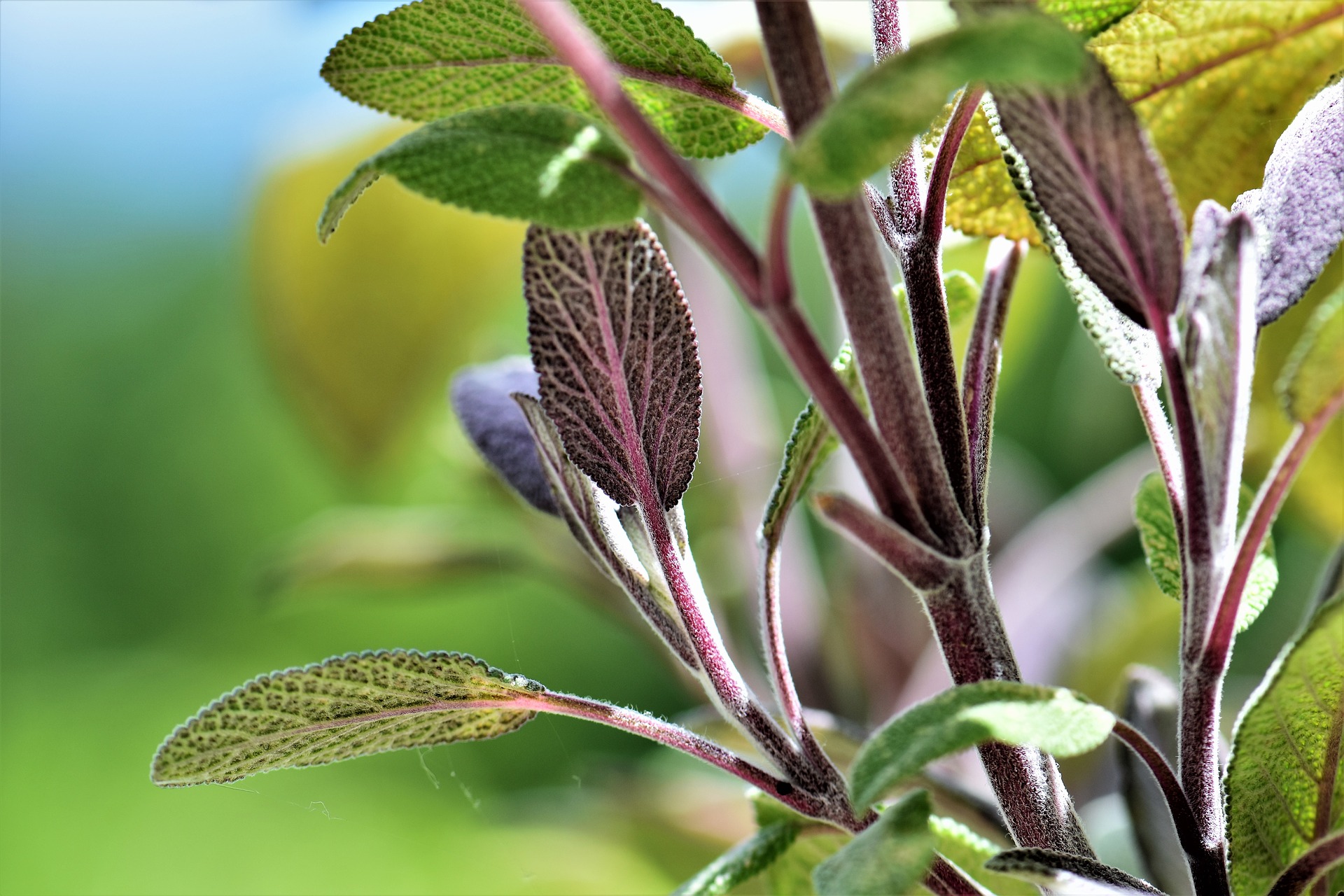Sage: It’s an increasingly popular name, a college with campuses in Albany and Troy, New York, and it’s also the herb we’re highlighting today.
Origin:
This hardy herb hails from the northern Mediterranean. Its name derives from the Latin word salvere, meaning “to save” or “to heal;” sage has significant medicinal qualities.
Medicinal usage:
Sage has one of the longest histories of use of any medicinal herb. Arab physicians during the 900s believed it could bring immortality; Europeans used it against witchcraft. And, it’s been known to treat colds, fevers, insect bites, skin conditions, heartburn, and a plethora of other ailments.
During the 1600s, the Chinese valued the herb so much, they would pay Dutch traders roughly three to four times the weight of sage in Chinese tea.
Growing sage:
- Needs six to eight hours of full sun daily.
- Requires well-drained soil.
- Keep soil damp but not soaked.
- Prefers hot, dry environments.
Sage plants become wood-like after a few years, and thus need to be replanted roughly every three years.
Drying sage:
- Leave the leaves on the stem/part of the branch.
- Hang in loose bundles in a warm, dry place.
- Let hang for about two weeks.
- Crumble dry leaves before storing.
Freezing sage:
Place completely dry sage in a Ziploc bag and transfer to the freezer. The leaves will begin to fall off the stem.
Food sage compliments:
- Fatty meats like pork, goose, duck.
- Bread stuffings and dumplings.
- Bean- or vegetable-based soups.
- Eggplant and tomatoes (in small amounts).
- Onions.
It also goes well with other herbs such as thyme and marjoram.
